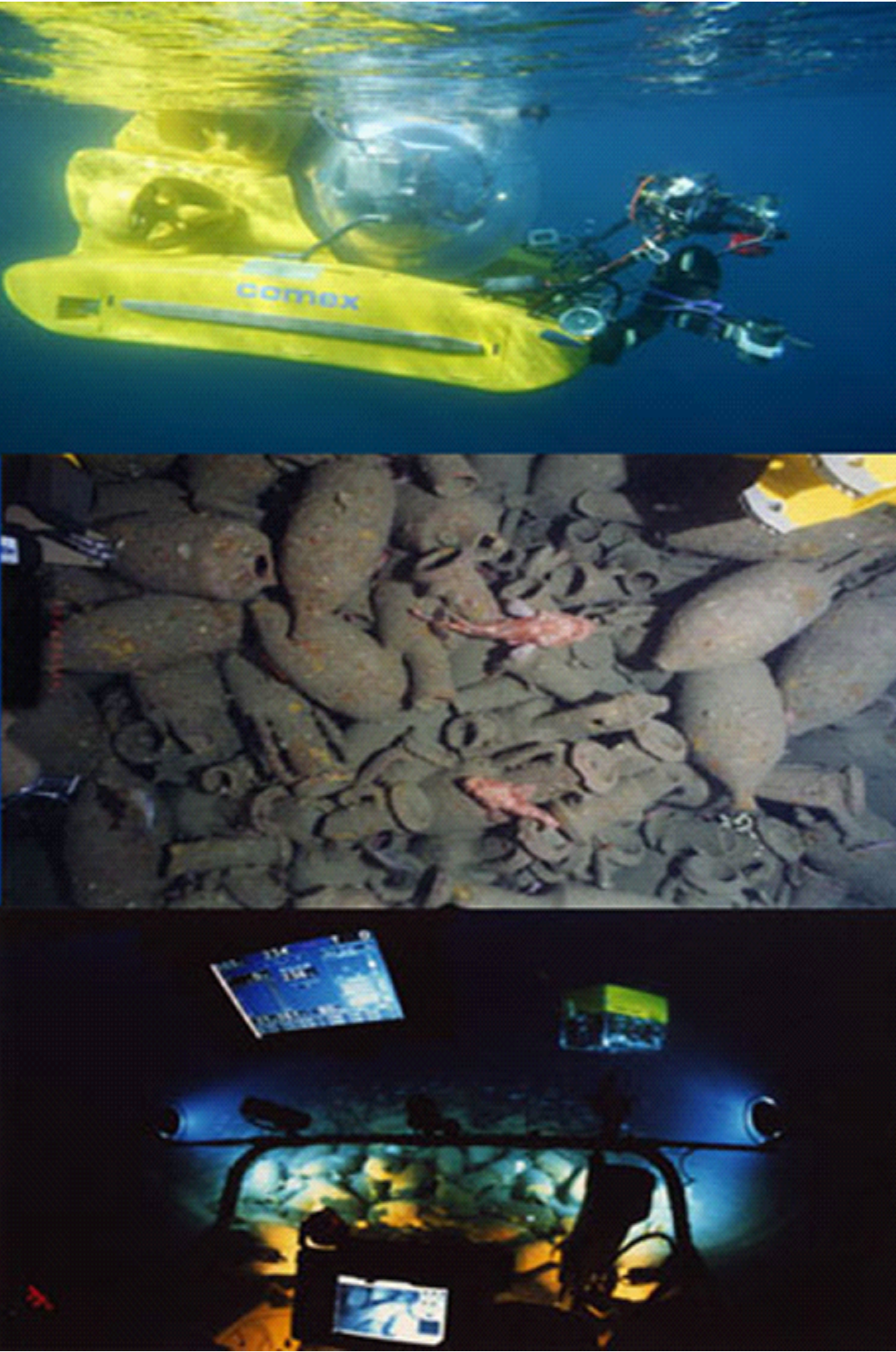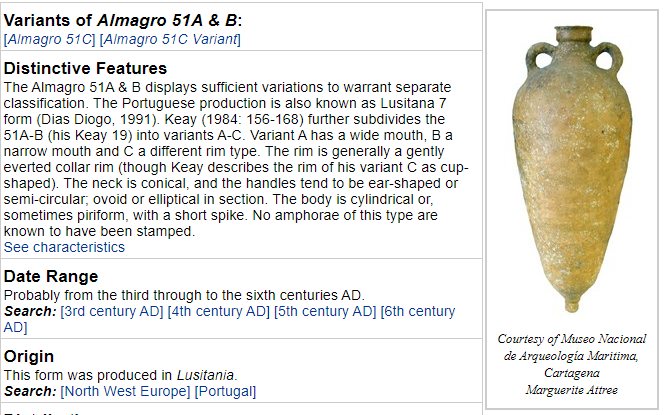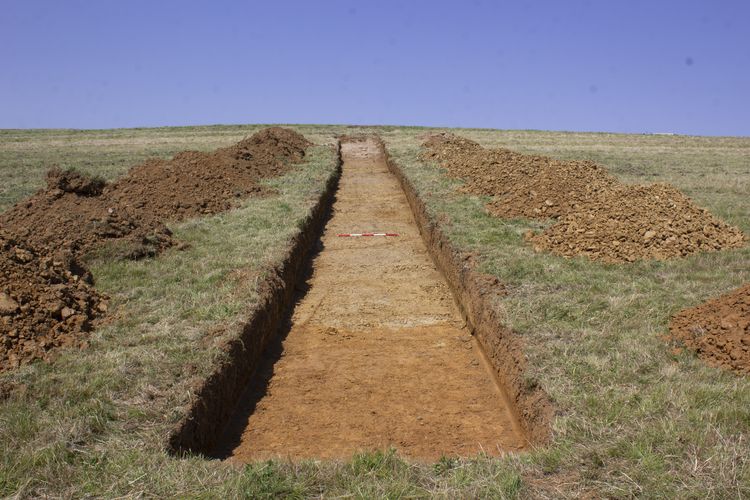Guest post by Jamie Geddes
Recently, I have been on a work placement with the Archaeology Data Service, otherwise known as the ADS, situated within the Department of Archaeology at the University of York. This placement, which is a requirement for my MSc in Digital Archaeology in the Department, came along just as the world pandemic decided to force itself upon us. This meant I was unable to go into the work environment and physically work alongside members of staff. Lockdown meant we all had to stay at home. So, I hear you ask, what have you been doing since you can only work at home? Thanks to staff members Dr Tim Evans and Jenny O’Brien I have been given plenty of interesting and fun tasks to complete.
The main tasks that I have been asked to help with include cataloguing data, adding subject terms and amending and adding data to the ADS main website for the Berkshire Archaeological Journals and School of Archaeology Monograph Series by Oxford University. The cataloguing task involved tagging the collections with keywords and topics, as well as listing potential user groups I think will find each collection useful, or interesting, and giving each collection a rating as to how useful the collection is. This collection review is aimed at being the first step towards a Cataloguing Policy, where cataloguing projects and processes can be prioritised based on specific collections assessment criteria.
The criteria I used for my review is based upon the journal written by Conway and Proffitt (2012) which proposes that the assessment of the usefulness of a collection can be determined by analysing the two factors below:
1) Collection Interest (incorporating a user rating);
2) Collection Quality
The Collection Interest value is based upon the following factors:
- contributes to the overall understanding of the subject;
- Substantially reinforces or complements important collections already held;
- includes material on topics that have long been of significant interest to scholars;
- includes material on topics that are currently receiving high attention from scholars; and/or
- Includes material on topics in which scholars are just beginning to take interest.
In addition to these aspects, you can also add a rating for how many different users you have identified. E.g. if you can only imagine archaeologists being interested in the data available, then the user rating for that collection would be 1. If the collection is of national interest and could be used in a variety of different ways, then the user rating would be 5.
An example of the factors being calculated is, if a collection states within it that there is national interest, or seems of national interest, with lots of potential groups wanting to use the information in different ways then the value is considered to be great, alternatively, if the collection might only be of interest to a singular group, then the value given might be smaller to reflect the more specialist nature of the collection.
The Collection Quality value is determined by the following factors:
- contains material that affords unique insight into the topic;
- provides thorough (as opposed to sporadic or fragmentary) documentation of the topic; and/or
- consists primarily of original/raw data (as opposed to processed data, published materials, and interpretation only –
- for example, the collection contains lots of actual fieldwork or project data in appropriate formats for others to examine, rather than simply a report giving a later interpretation). If the collection is simply a fieldwork report, this would be given a rating of 1.
An example of the recording of the collection quality is when the collection has a simple fieldwork report that would only be given a rating of 1, in comparison, a collection containing lots of project and, specifically, primary data in appropriate formats, with a queryable database would score a 5 in quality.
The two scores are combined to assess the usefulness of the collection. I believe that the weighting of the Collection Interest with the Collection Quality should be 60/40 towards Quality. In my personal opinion, quality is the key to usefulness, in that I think a good quality collection would be more likely to be reused multiple times, than a highly interesting, but ultimately lower quality collection. On that premise, the total score was then calculated and added to my cataloguing spreadsheet.
I found this task rather interesting as it has helped to broaden my understanding of some very interesting archaeological and heritage sites across the UK and Europe that I did not know about prior to this task. Such as the Venus Project (Virtual ExploratioN of Underwater Sites) in Marseille, where the project looked at an underwater shipwreck using a submarine (below), to gather photogrammetric data.

Not only that, the cataloguing also provided access to extremely interesting and useful resources, for example the Roman Amphorae digital resource. This provides a searchable online resource for the study of Roman amphorae, with detailed descriptions and pictures, to help aid understanding different amphorae. This resource can also be used to help identify an amphorae. A useful new tool that I may use in my future career, that I otherwise would not have not known about prior to this experience.

The most rewarding aspect of this experience for me personally has to be adding and amending data to the ADS website. I felt like I have truly helped to contribute to the ADS and to the real world, as the data is being made available to the wider archaeological community online. This gave me a real sense of accomplishment.
I am very grateful for the opportunity and the work opportunities I have been given. I have a few more pieces of work to complete for the ADS, and I hope to continue to have as much fun as I have had so far, and I also hope to meet the people at the ADS in person one day!






